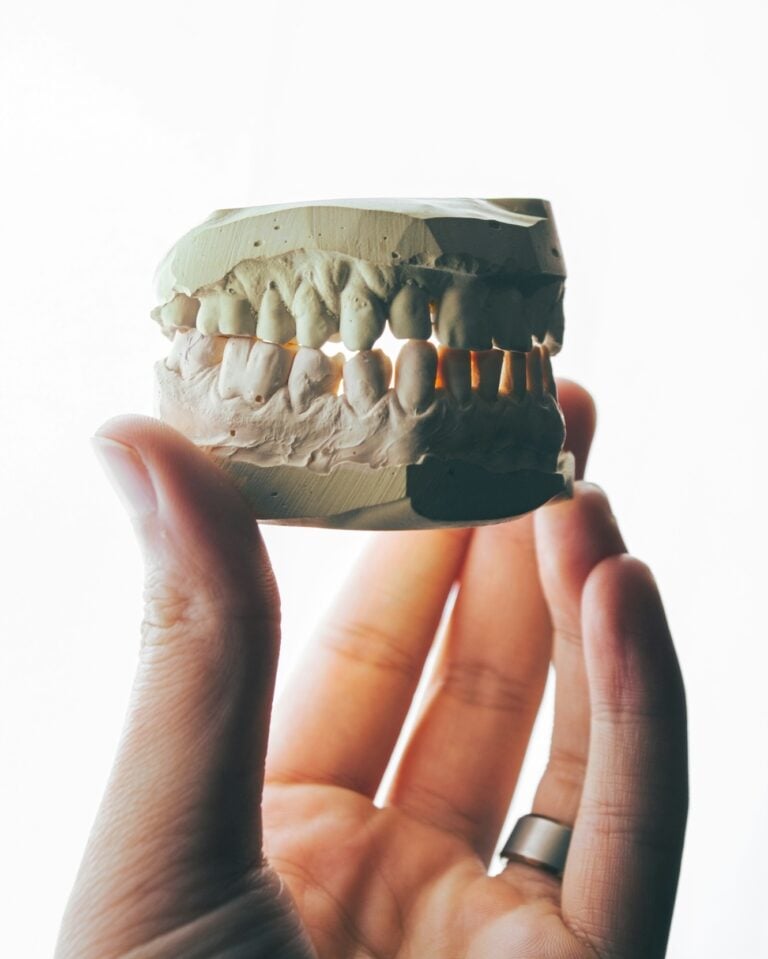There is some discussion about the effectiveness of osteopathy for a variety of medical conditions.
The current view of osteopathy
Osteopaths are certainly well qualified medical professionals evidenced by the necessity for them to undergo a comprehensive course of study before gaining the qualification; osteopathy requires four years of study to degree level (currently a Masters Degree M.Ost) incorporating many hours of clinical training in addition to academic study.
Osteopathy is a well-regarded speciality in the UK and recognised as an allied health profession distinct from nursing, medicine and pharmacy. It is recognised by the NHS and regulated by UK law. Osteopaths must be registered with the profession’s regulatory body, the General Osteopathic Council, before they can practice. They must also comply with professional standards and meet professional development requirements.
Although osteopathy incorporates some of the same techniques which are used by physiotherapists and chiropractors, there is a slight contradiction between the professions in terms of recognition. Physiotherapy is readily available on the NHS, osteopathy is not generally available everywhere. However, the General Osteopathic Council indicates that 88% of public opinion respondents to a survey think that osteopathy should be available under the NHS or believe that the NHS is providing the service.
Figures from the General Osteopathic Council (GOsC) show that, as of 1st March 2019, there were more than 5,341 osteopaths registered in the United Kingdom and that about 30,000 people consulted an osteopath each day. People are attracted to seek osteopathic help for many reasons; for example, it is non-invasive, works holistically to improve whole-body health and doesn’t involve the use of drugs. Others feel that manual therapy and strengthening procedures are the obvious way to combat muscular and joint problems.
One of the advantages of seeking osteopathic help is the speed at which a patient can be seen. The GOsC record that 54% of patients are seen within one working day, and 95% within one week after initial contact. Another positive advantage is that the medical training which osteopaths have undergone can lead them to detect conditions that may need a referral to other specialists.
The variety of conditions treated
Osteopathy is usually associated, in most people’s minds, with problems which can be directly associated with musculoskeletal pain, but in reality it is also employed to help with numerous other ailments, which might not seem immediately obvious. These include headaches and migraines, digestive problems, circulatory and lymph symptoms and sleep issues.
Does osteopathy work for conditions which appear to be unrelated to muscles and joints?
Headaches and migraines
There are many types of headaches and migraines, such as vascular, tension, cervicogenic and cluster headaches, and many different causes, such as muscular tension in the neck or shoulders, stress, tiredness, posture, and many more. The osteopath can treat the different conditions by means of reducing muscular tension, restoring joint mobility, increasing blood flow and reducing nerve irritation. Osteopaths can also advise on lifestyle changes which may help with the problem.
Digestive disorders
As an alternative to over the counter remedies for digestive issues, osteopathy offers a whole-body approach. By exploring the possibility of problems with the abdominal muscles, any restriction of the nerves and digestive organs or insufficient blood supply to the abdominal organs, can be detected by the osteopath and re-balancing undertaken to restore the bodies’ natural order.
Circulation irregularities
The philosophy of osteopathy is that the body has a great ability to heal itself providing the body systems are in balance. One of the most important aspects of a healthy body is good circulation, carrying oxygen and nutrients to all parts and removing waste products. Any obstruction or trauma reduces the ability of the circulatory system to do this. The osteopath works with manipulative techniques to restore normal flow and allow healing to occur.
Sleep issues
For people with insomnia or who are in constant pain, sleep becomes difficult or even impossible. The inevitable consequence of this lack of quality rest and relaxation is a downward spiral of ill health. A recourse to a pharmacological solution can lead to drug dependency and the dangers inherent in long term drug use. An alternative is offered by a course of osteopathic treatment to promote the relaxation of muscles and joints, perhaps including cranial osteopathy which works on the skull, spine and pelvis.
Most people who have undergone a course of osteopathic treatment for problems such as those noted above will say that osteopathy has been beneficial for them. However, at the moment, there are few or inadequate clinical trials to back up the positive effects of osteopathy for conditions of this kind. In the case of the management of headaches, for example, the results of the National Council for Osteopathic Research (NCOR) reviews of studies involving the use of osteopathic manipulation techniques for the management of cervicogenic headache and migraine were inconclusive. For the patient, however, even though the beneficial treatment of certain ailments may not be clinically measured, the improvement is real and this has to be a success in terms of outcome.
Does osteopathy work for problems with muscles, joints and bones?
Musculoskeletal disorders
Most people see an osteopath about aches and pains associated with muscles and joints. Some of these pains can be attributed to bad posture.
Posture problems
With people today adopting a more sedentary lifestyle, incorrect posture is having a profound effect on the musculo-skeletal system. It can lead to numerous problems such as compression of the vertebrae in the neck and back, other skeletal problems with knees and hips, muscle imbalance, strain, and nerve compression. The osteopath will aim to relieve the pain caused by bad posture and give advice about correct posture for the future.
Does osteopathy work for back pain?
About 2.5 million people in the UK are suffering right now with back pain. It is costing the NHS more than £1 billion a year to treat. NHS England says that back pain is the single largest cause of disability in this country.
The National Institute for Health and Care Excellence (NICE), provides national guidance and advice to improve health and social care. NICE says that the ‘manual therapy’ techniques, used by osteopaths can be considered as a treatment option alongside exercise.
Evidence for successful area-specific osteopathic treatment
Lower back pain and sciatica
The National Council for Osteopathic Research (NCOR), in May 2016, provided the results of research carried out on osteopathic-type manipulation with regard to low back pain (LBP).
- In the case of acute and sub-acute LBP, manipulative treatment was overwhelmingly thought to have a beneficial effect and was at least a cost-effective addition to treatment.
- In the case of chronic LBP, a significant number of studies concluded that osteopathic manipulative treatment had a beneficial effect.
- The results of studies on the use of osteopathy in treating low back pain associated with pregnancy and post-partum overwhelmingly showed that there were positive beneficial results and positive changes in pain intensity.
Cervical and thoracic spine pain
The NCOR also collected evidence to support the osteopathic treatment in the thoracic and cervical spine areas.
- The results for acute neck pain varied between not being appreciatively more efficacious than mobilisation to finding it a reasonable alternative to nonsteroidal anti-inflammatory medication.
- For sub-acute and chronic neck pain the studies found that, subject to the possibility of random error, osteopathic manipulation therapy was effective and was a cost-effective addition to normal GP care.
The situation in Australia is described in an article in July 2018 by Amie Steel, a Post Doctoral Research Fellow at the University of Sydney. She led a study which looked at the evidence for osteopathic treatment compared to other treatments. It was found that, for chronic back pain, osteopathy provided similar outcomes to conventional medical care including physiotherapy, but had the advantage of the possibility of reducing the need for medication.
Conclusion
The efficacy of osteopathy with regard to various conditions is difficult to assess because of two major problems. The first is that not enough rigorous studies have been completed to be able to give a definitive answer to whether osteopathy has measurable beneficial effects for particular conditions or injuries. The second problem is that the majority of the situations in which osteopaths are engaged are related to the relief of pain. However, a definitive measure for pain has not yet been identified; the clinician has to rely on the patient’s own feelings about the degree of pain they are experiencing. Therefore until there is an absolute measurement of the beneficial value of treatments in terms of pain relief the question of osteopathy working for all medical conditions is an open one. However, if patients find that osteopathy is working for them, that surely is enough.








